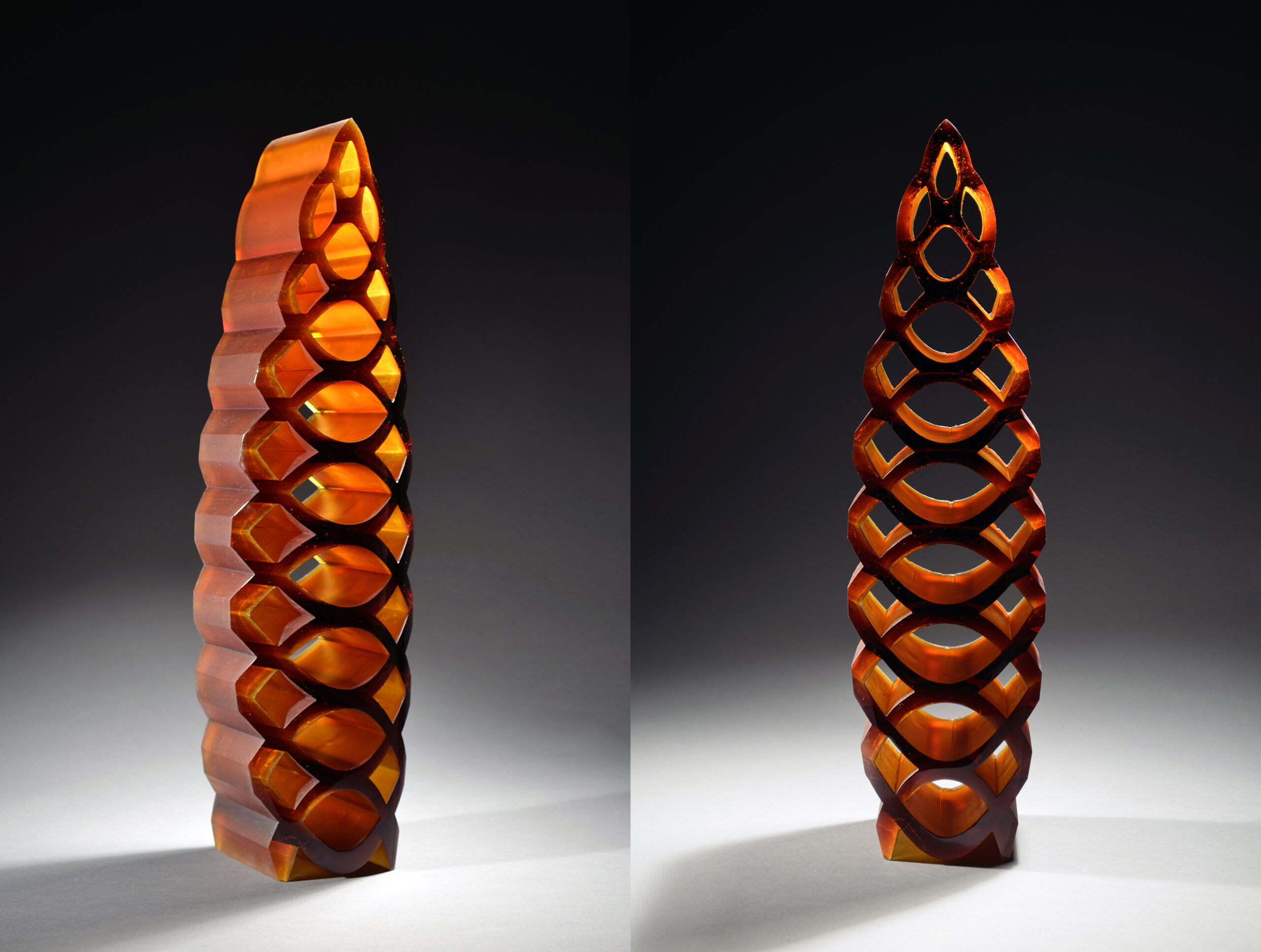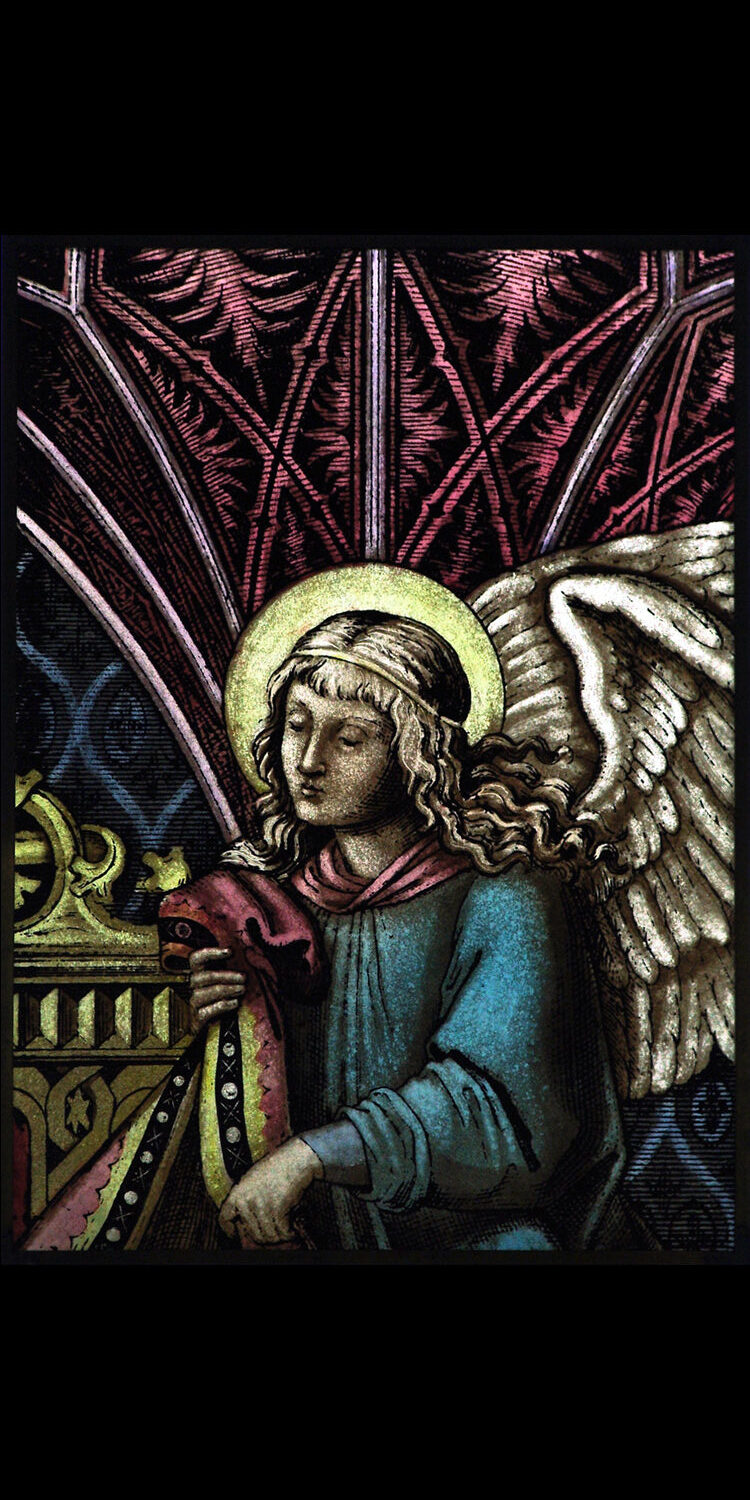Properties & Qualities
Application
Art Sculpture
Qualities
Colourful Polished Textured / tactile
Colour
Blue
Sample Information
Date of Creation
2011
Dimensions
51cm x 15cm x 14cn
Process & Production
Lost-wax cast glass.
After shaping, the wax former (aka ‘positive’ ‘model’) was set up for investment casting. A frame was constructed around the model. Refractory plaster was mixed and poured into the mould box, over the former and left to set. After setting, the mould box was removed. The plaster mould was set up over a steamer to melt the wax out of the mould – leaving a void where the wax once was. The waste wax was then reclaimed for subsequent use.
The cleaned plaster mould was placed into a cold kiln, with glass blocks/cullet loaded into a reservoir above the mould prior to firing.
After kiln-firing, the plaster was moved, the glass cleaned, shaped, ground and sand-blasted and selectively polished.
The refractory plaster mix used was:
Per 1 litre of water: 700g plaster 700g flint (or quartz)
Credits
Craft Maker
Shelley Doolan
Photographer
Simon Bruntnell



















